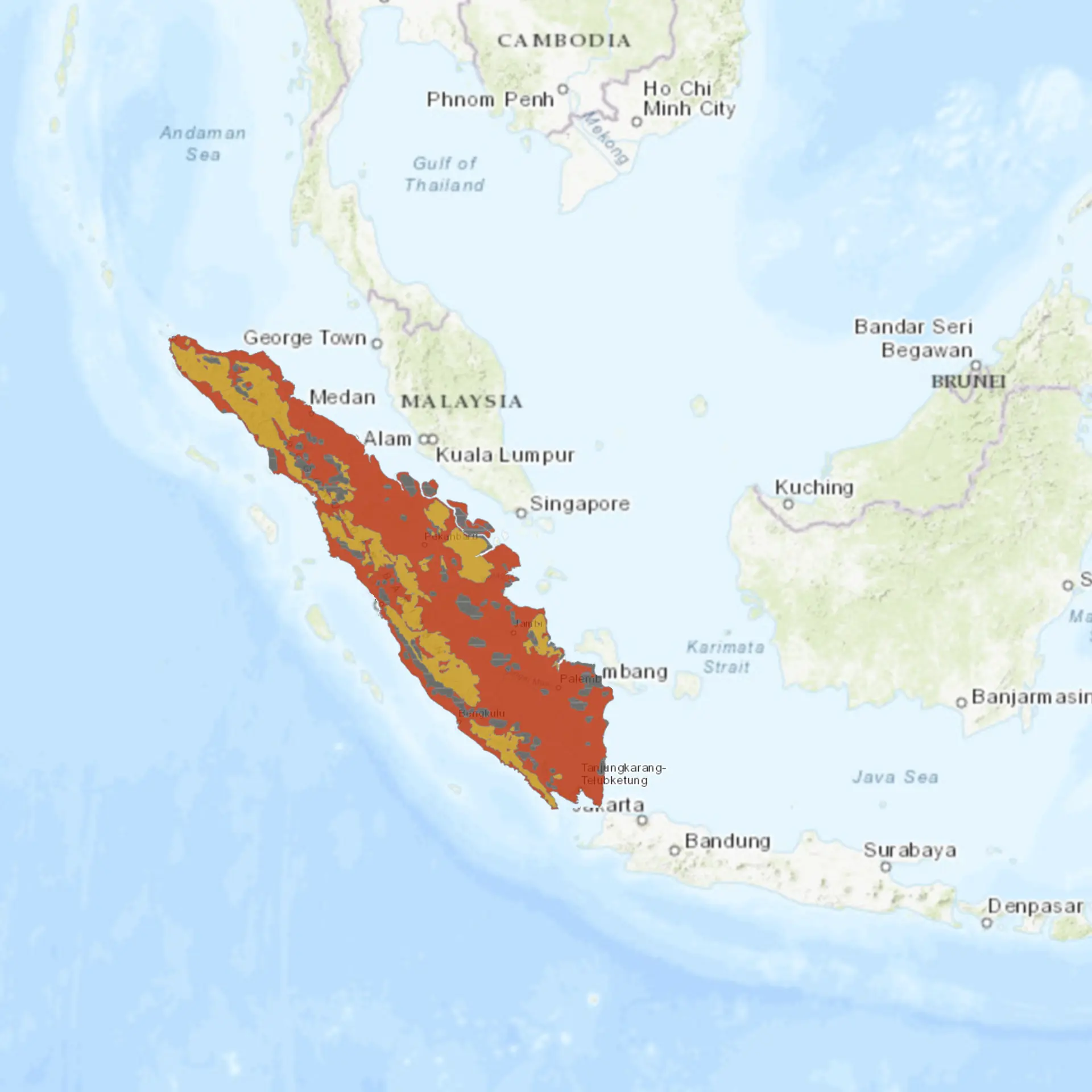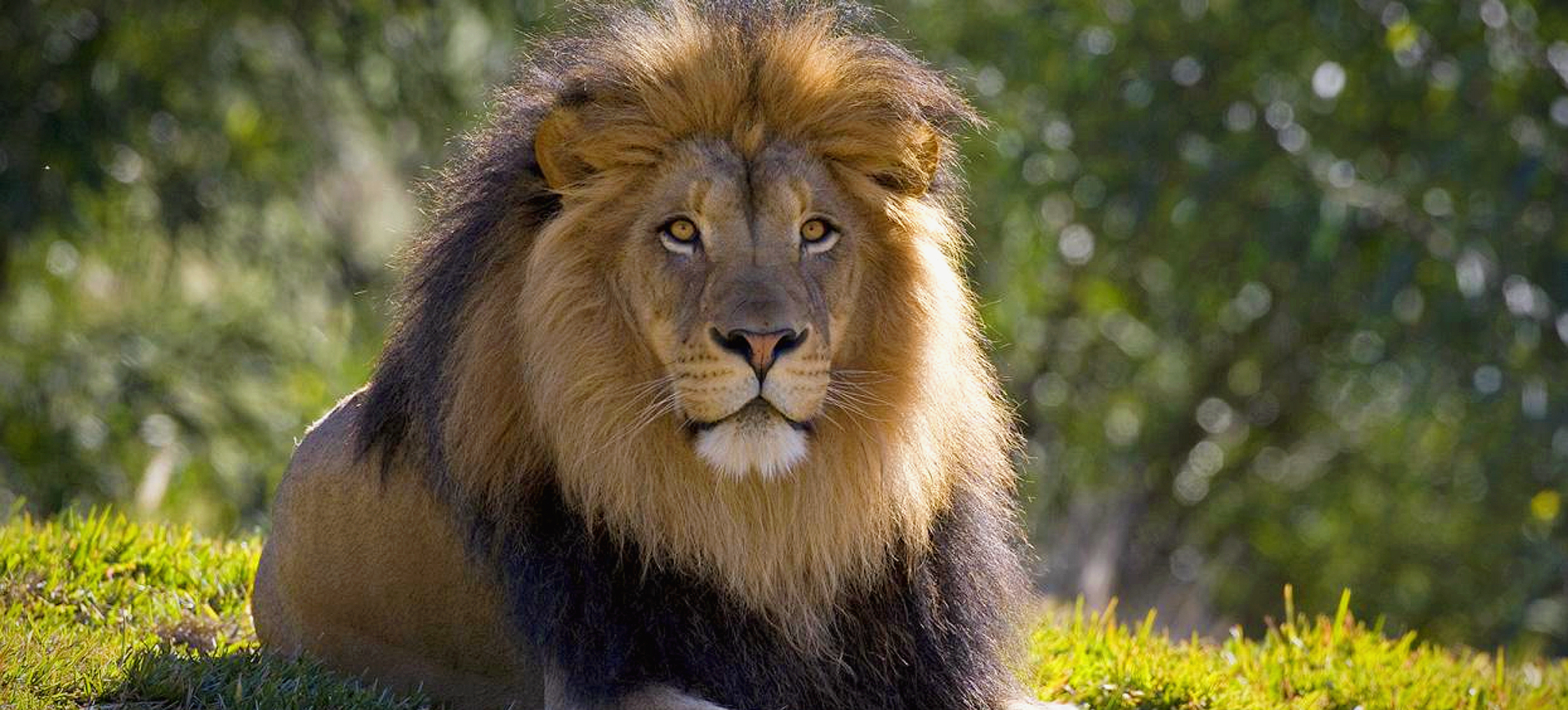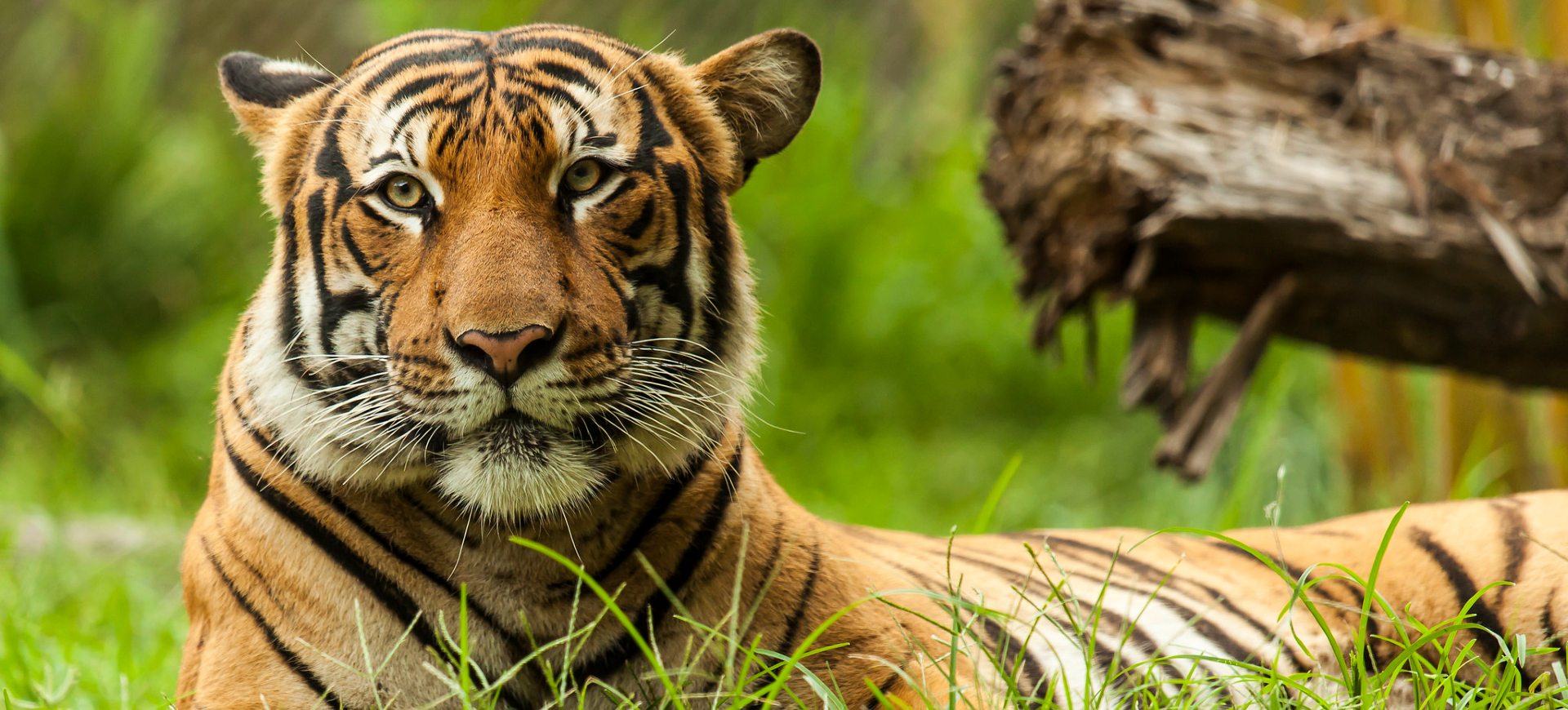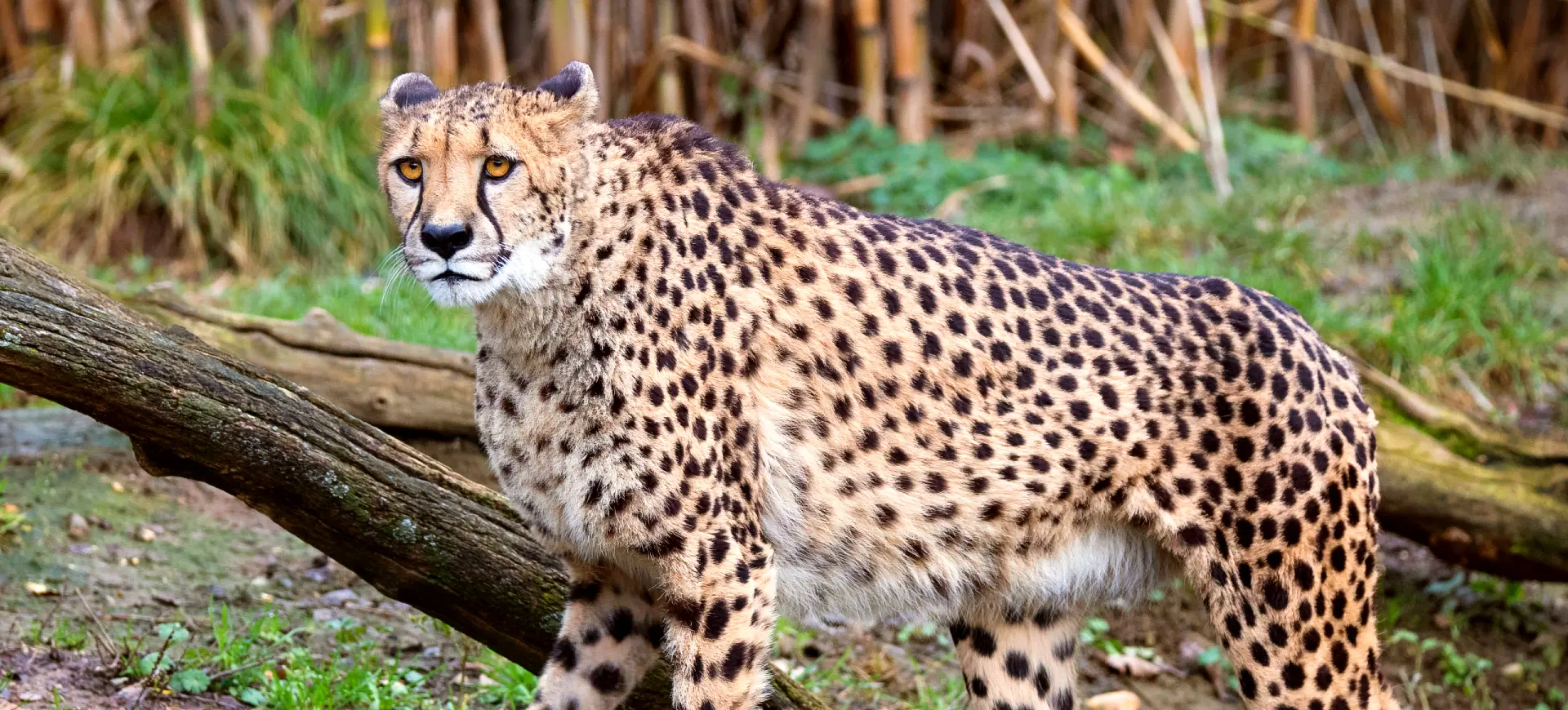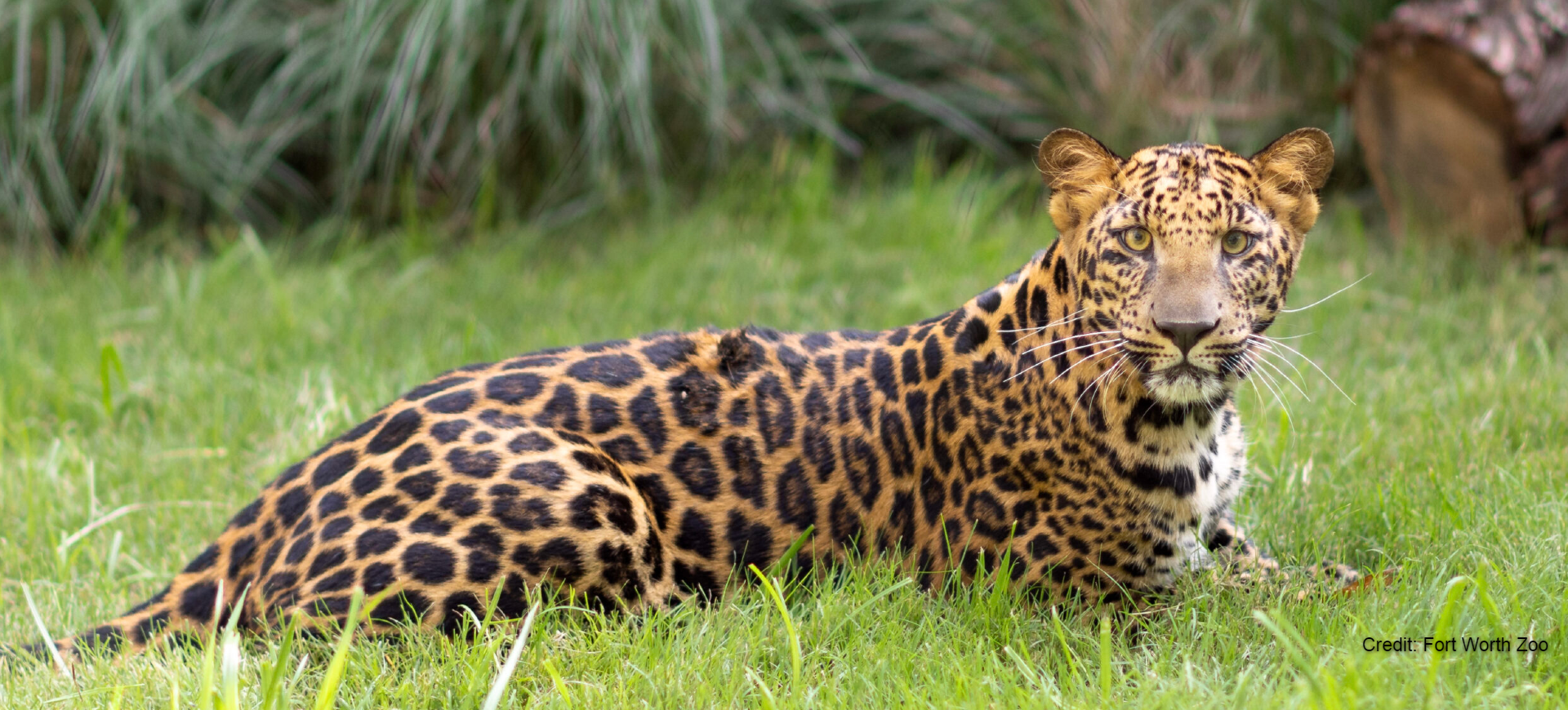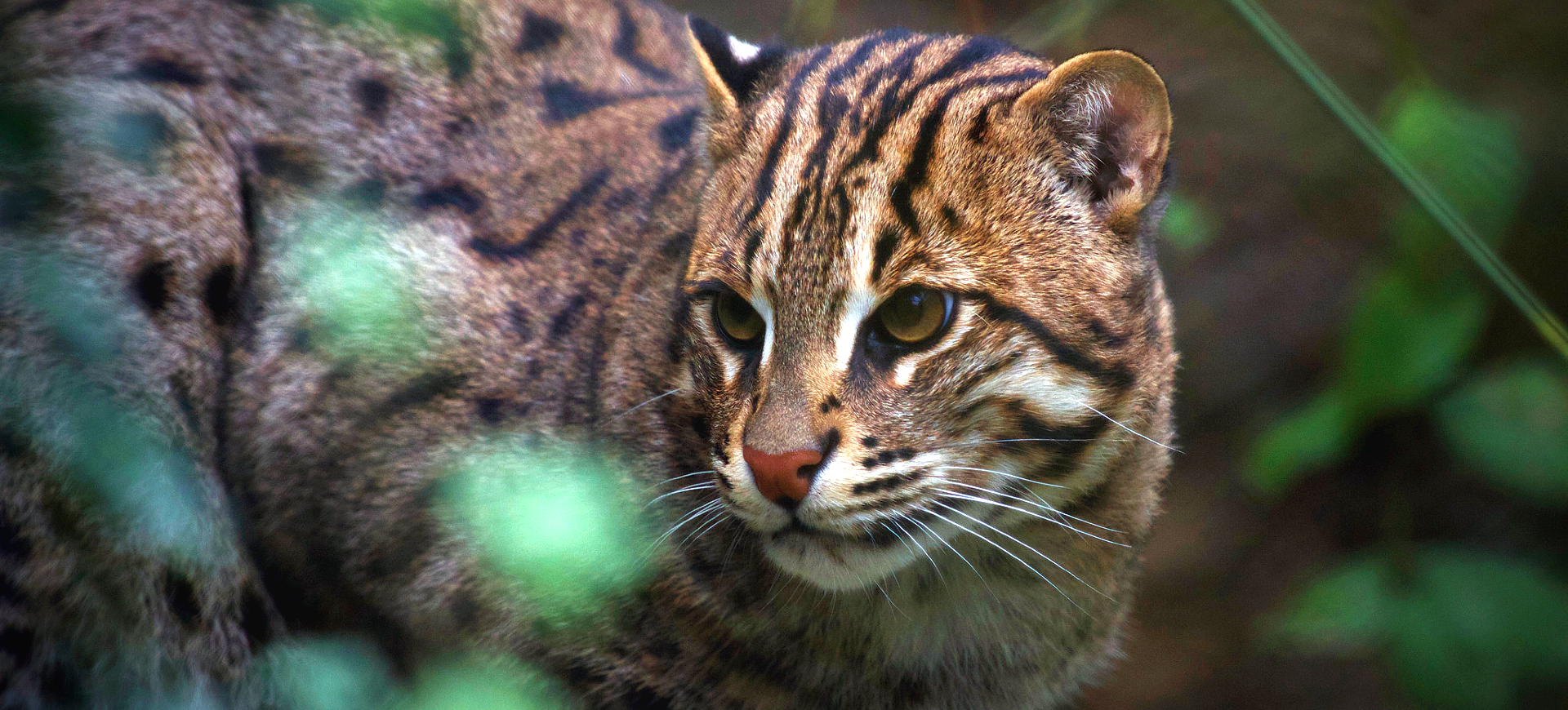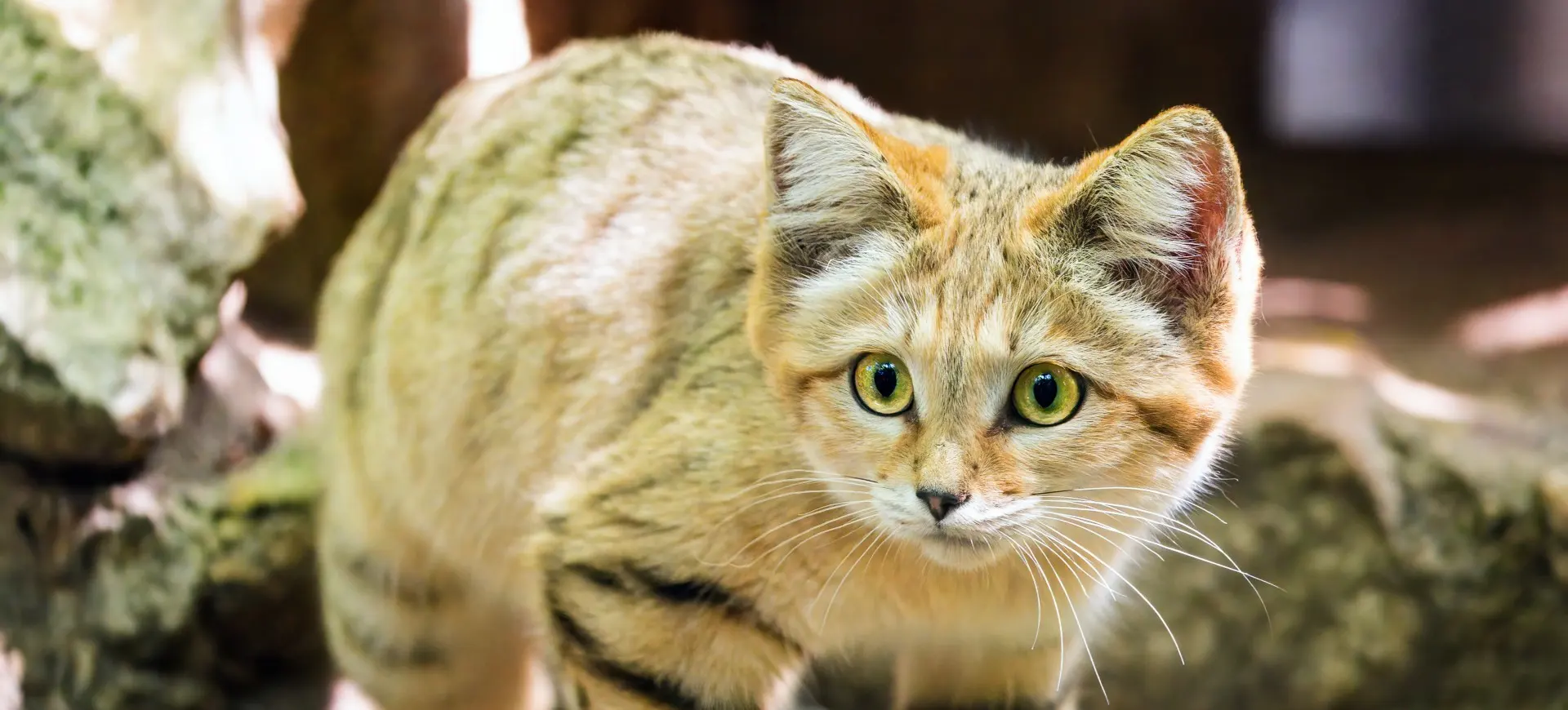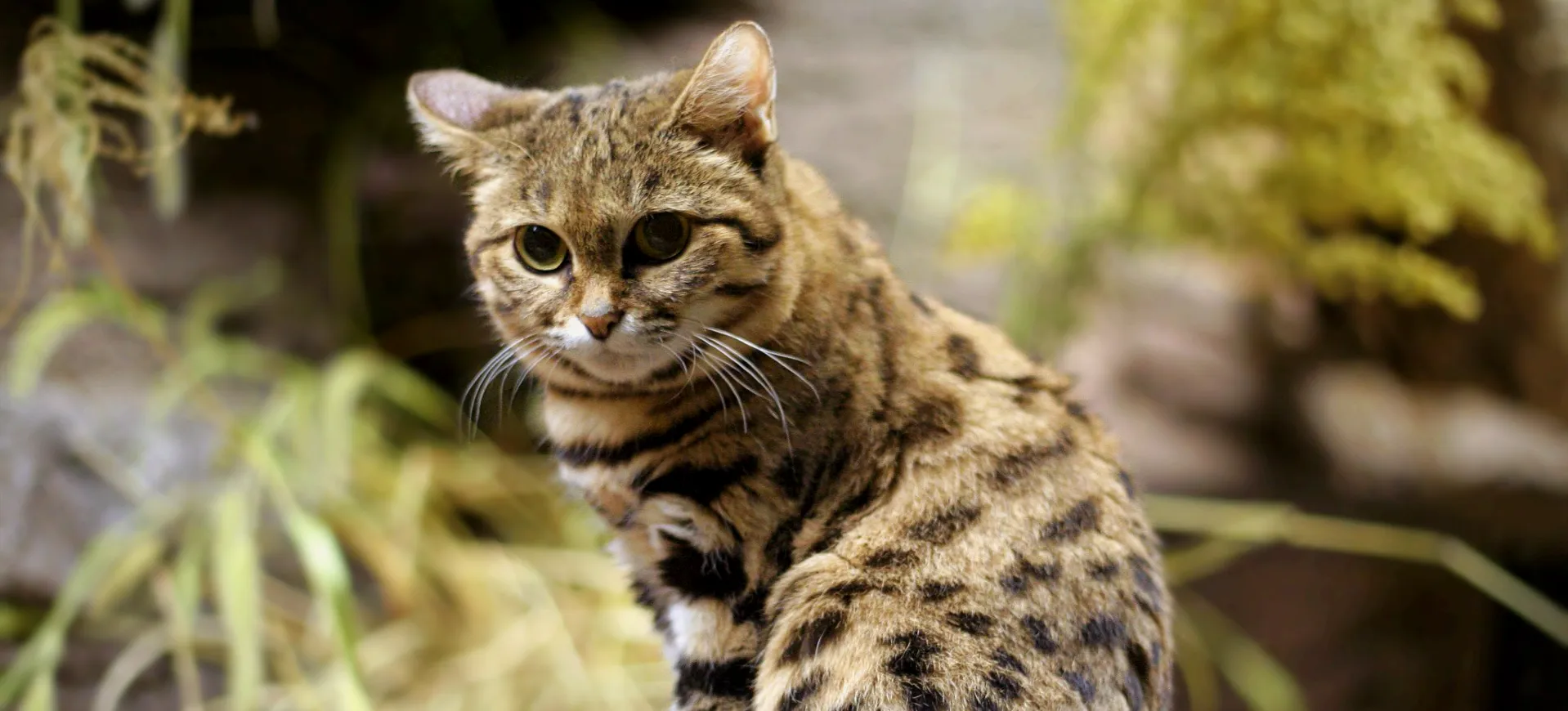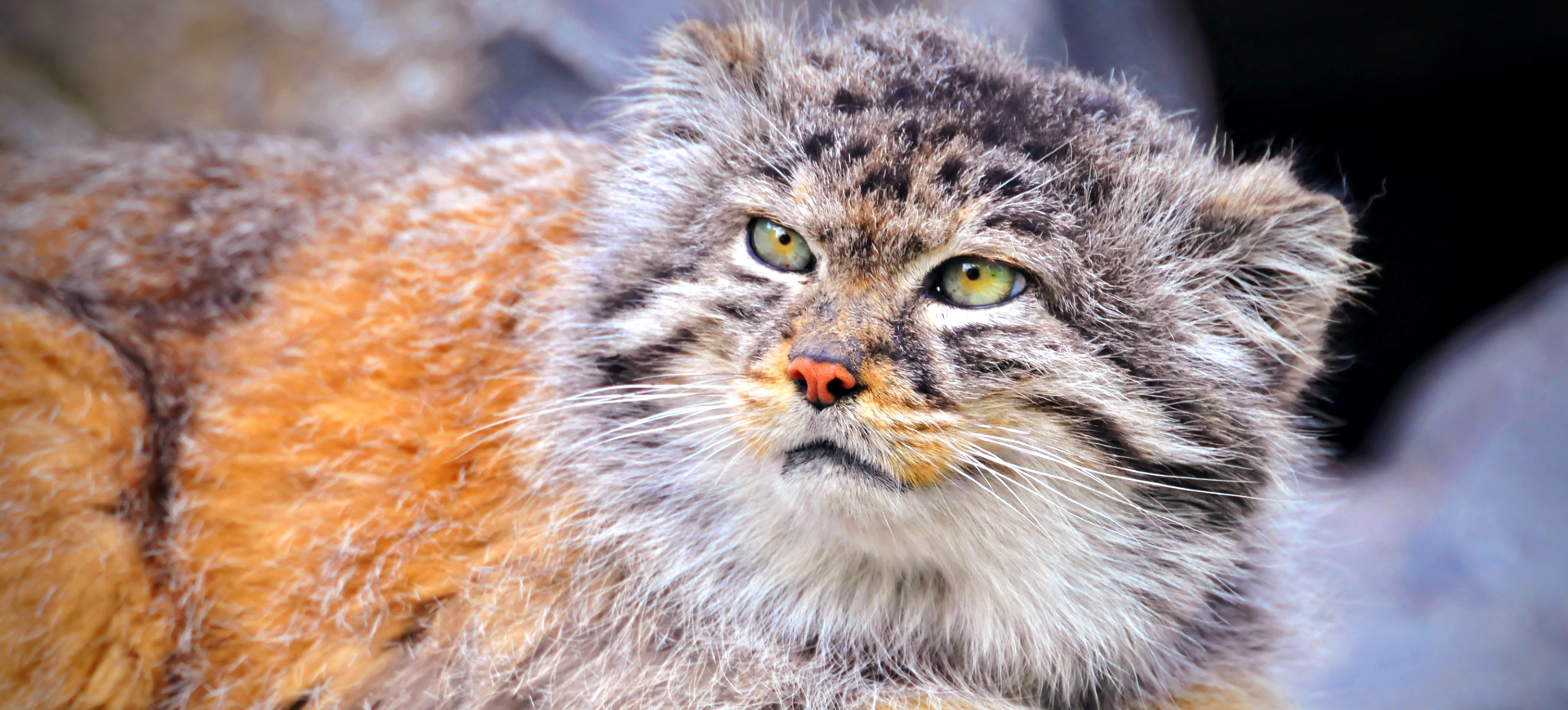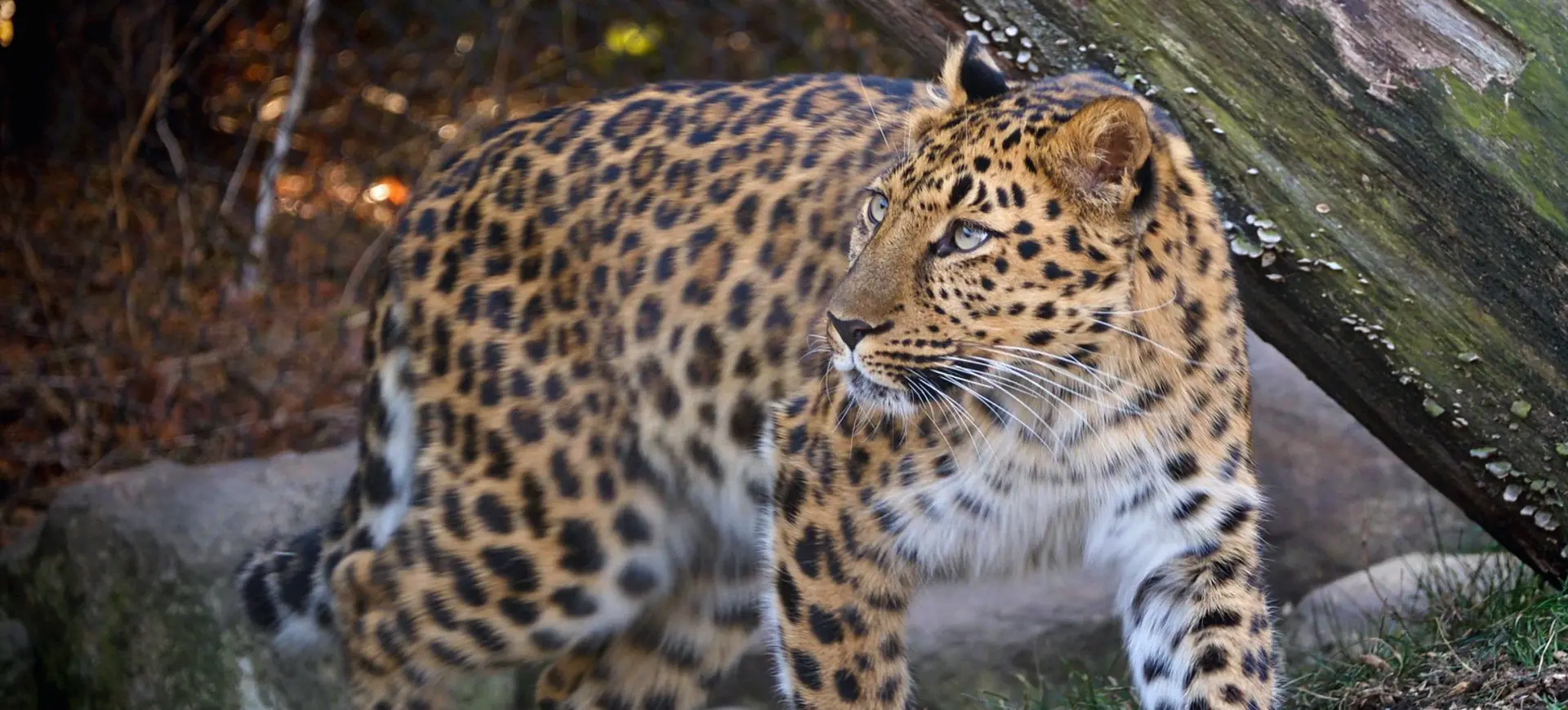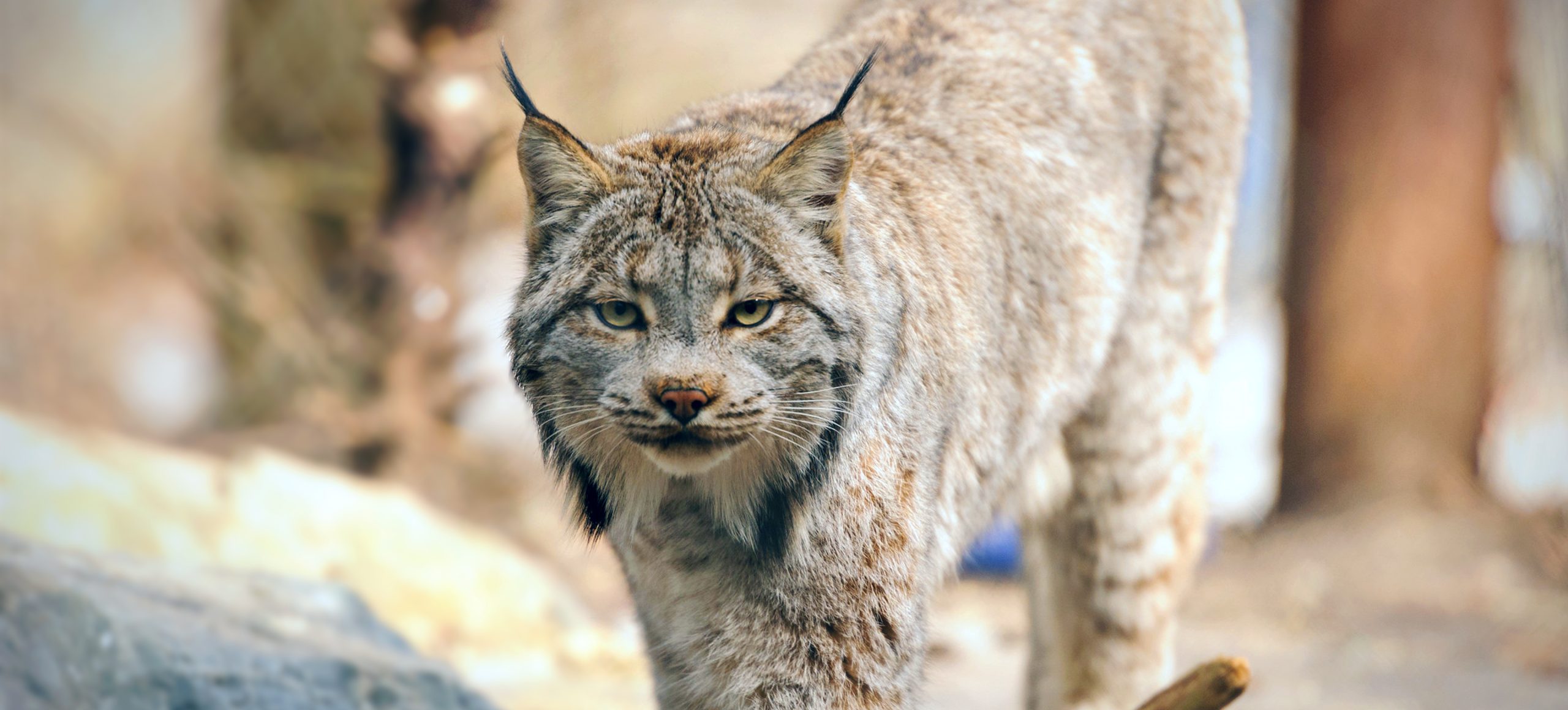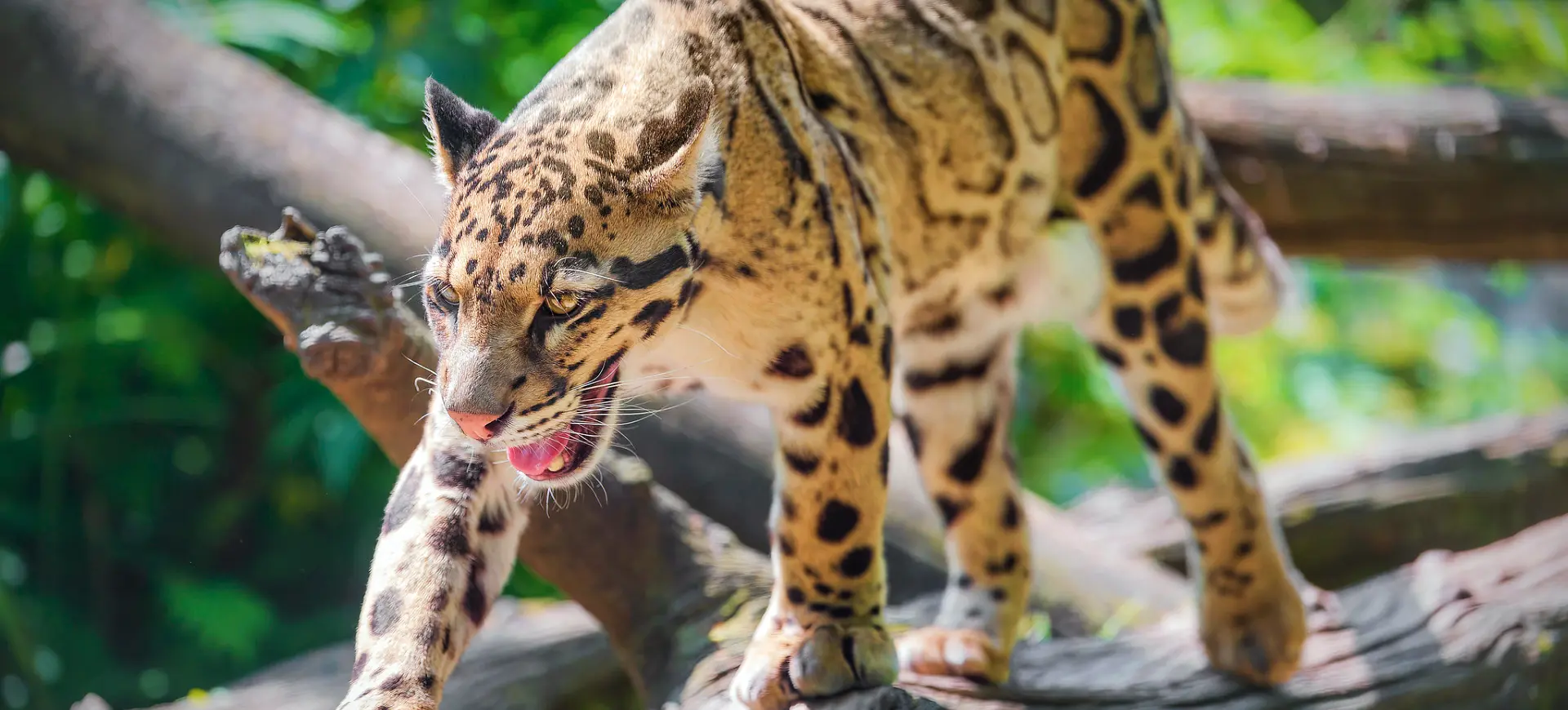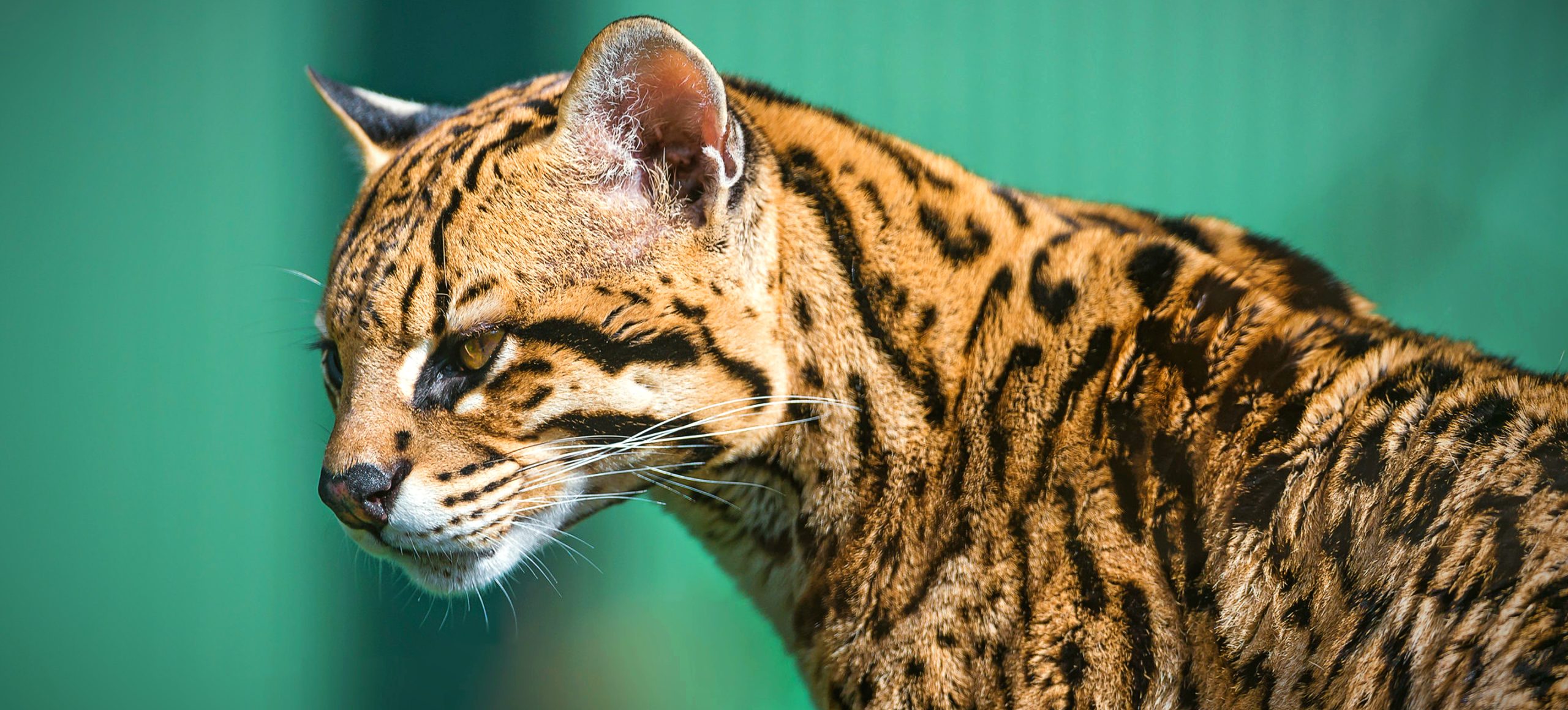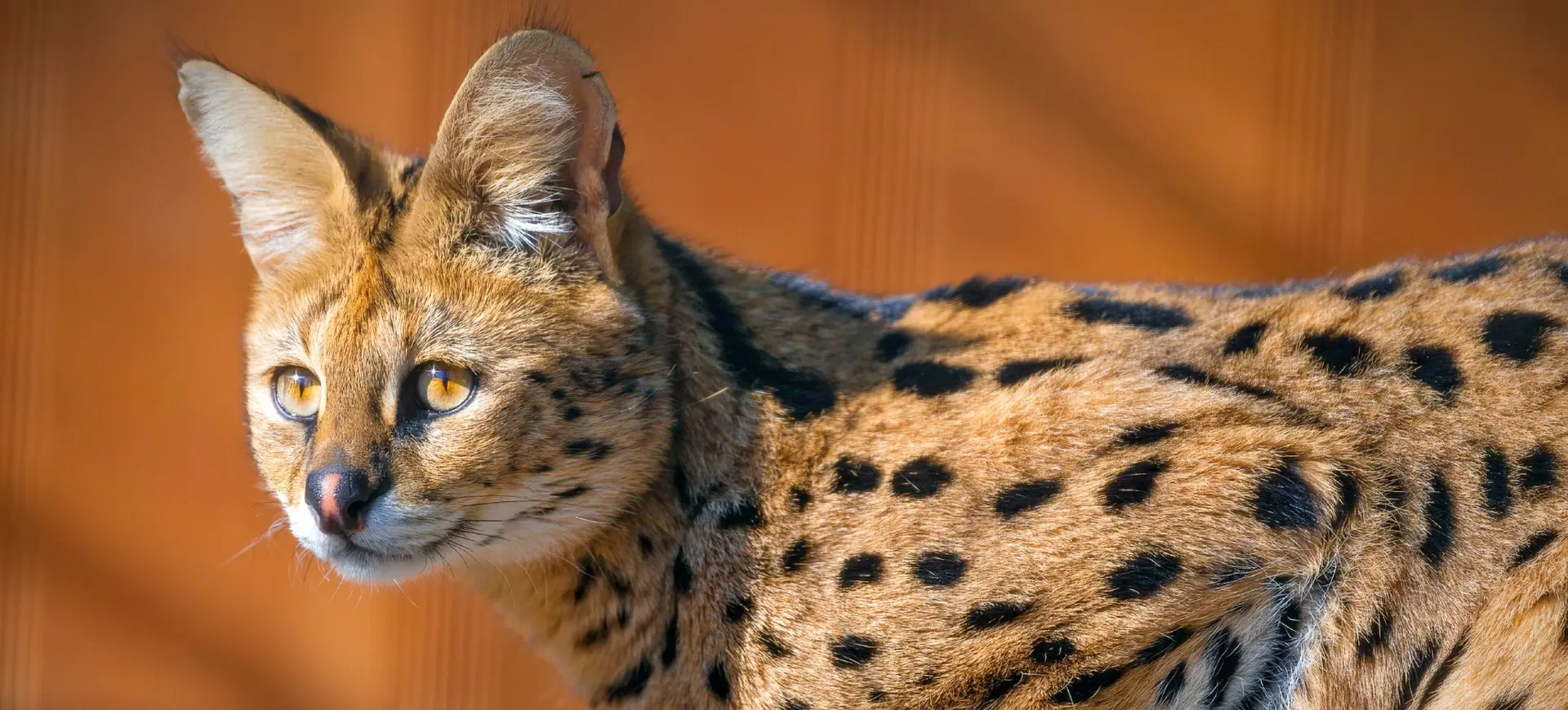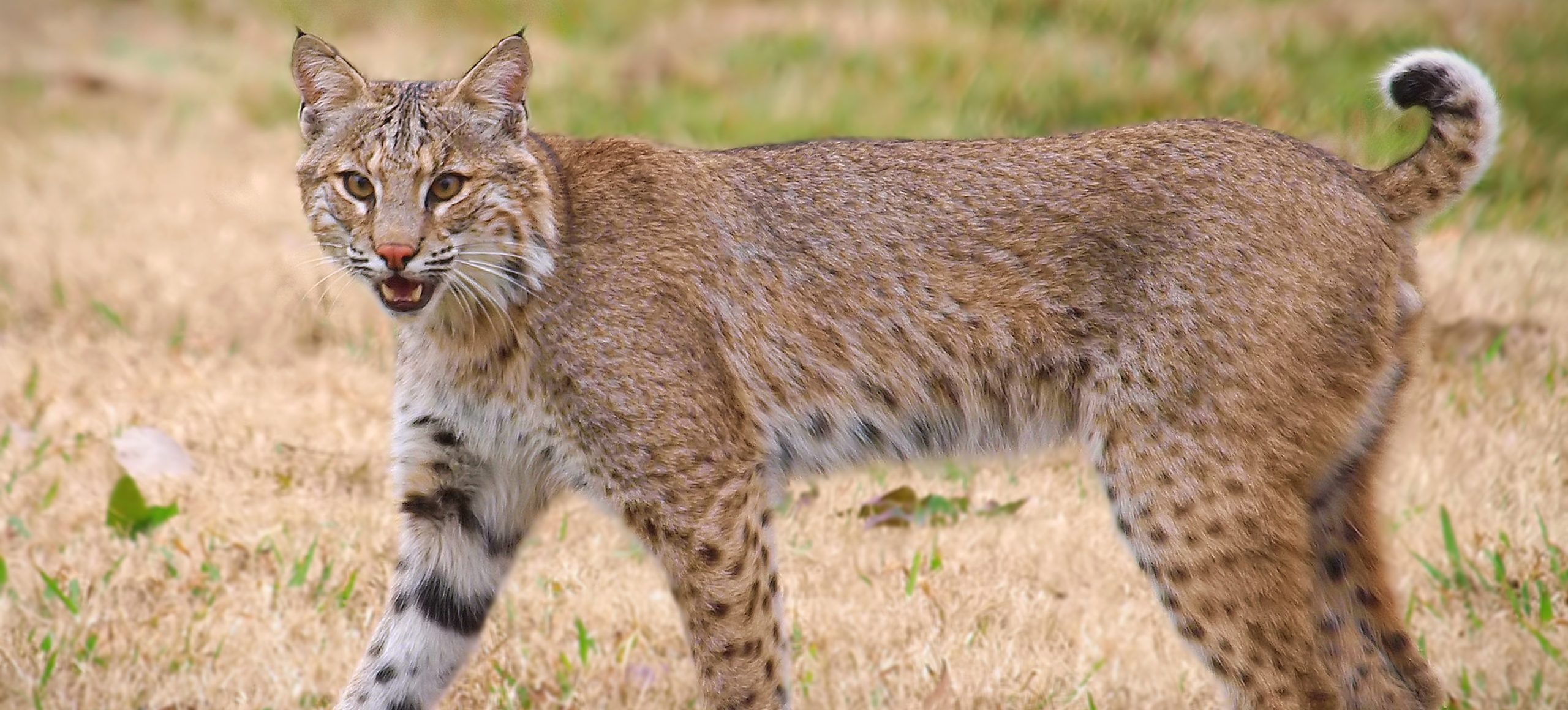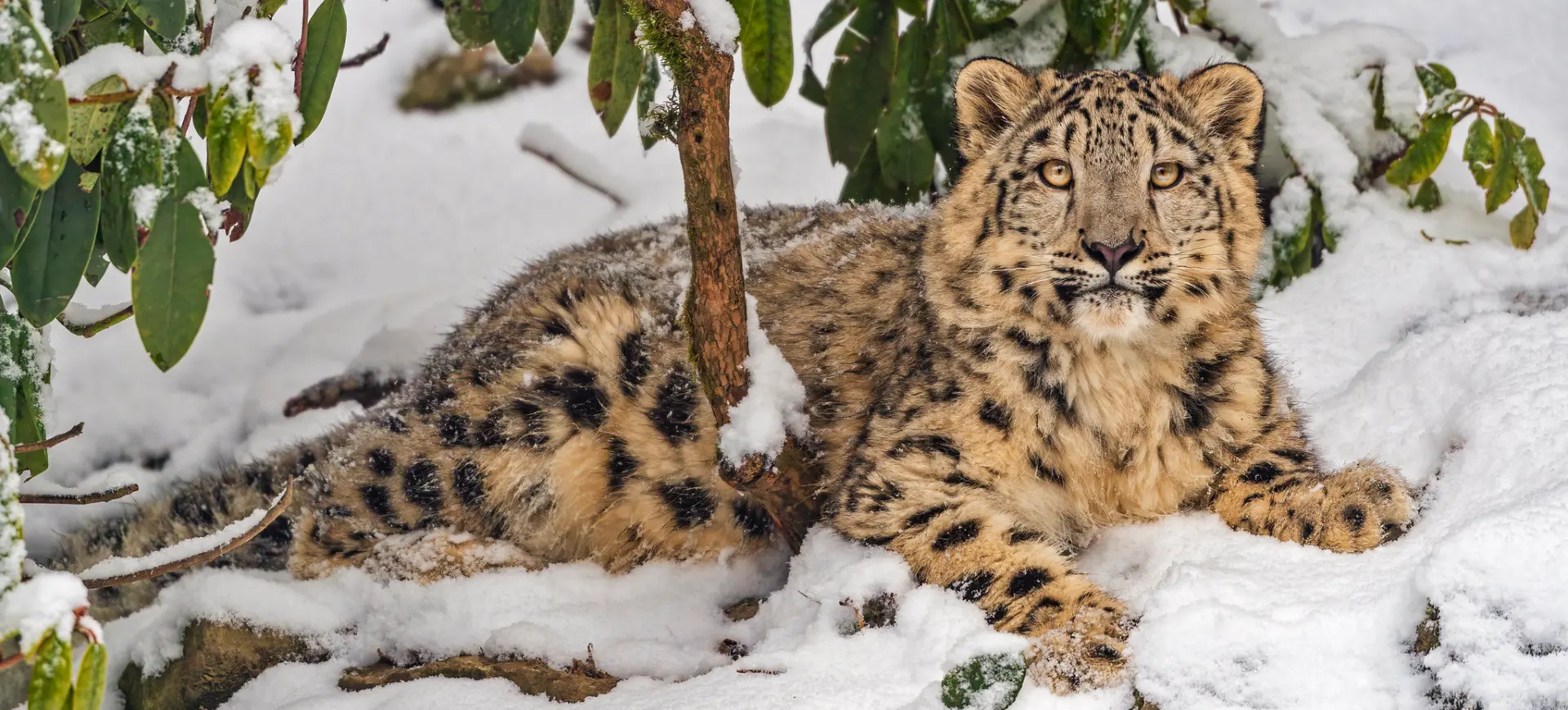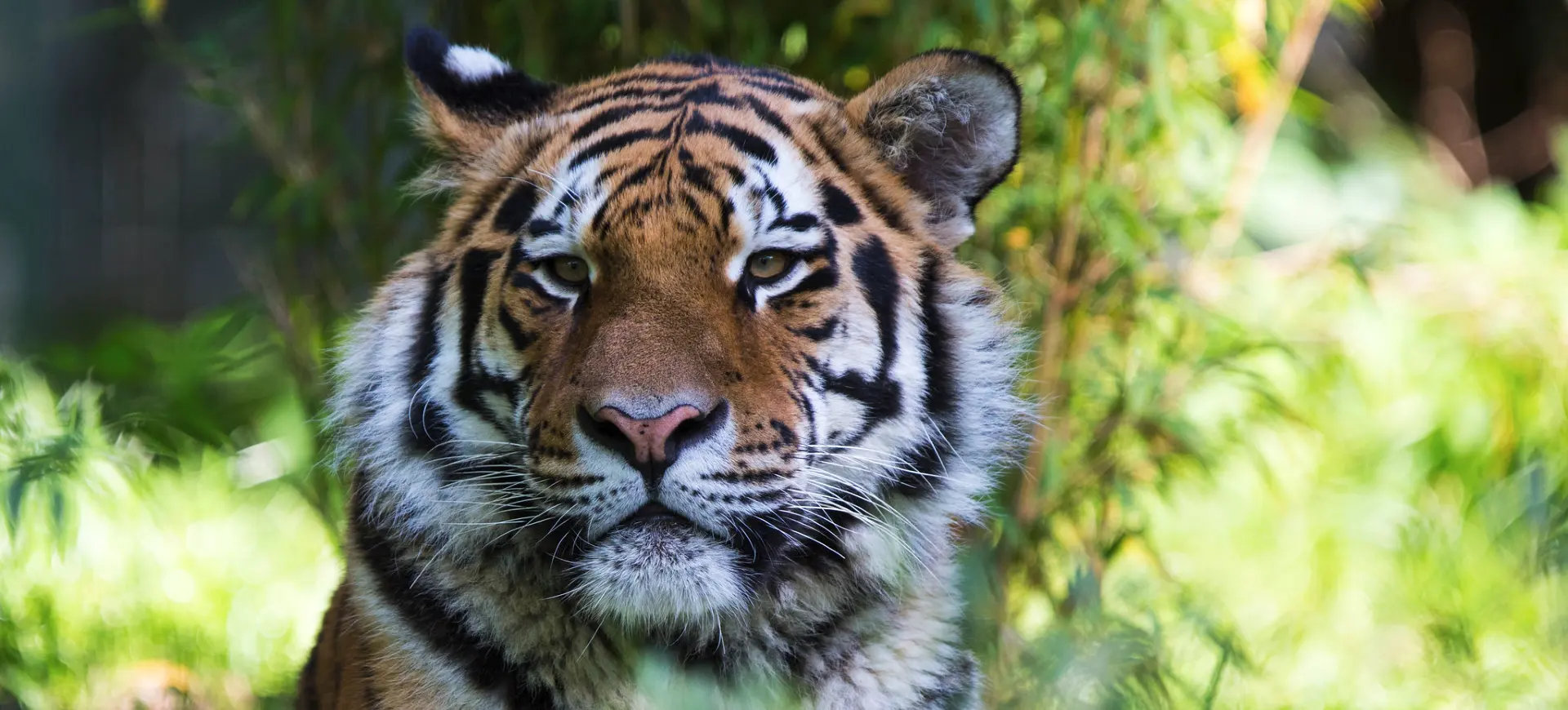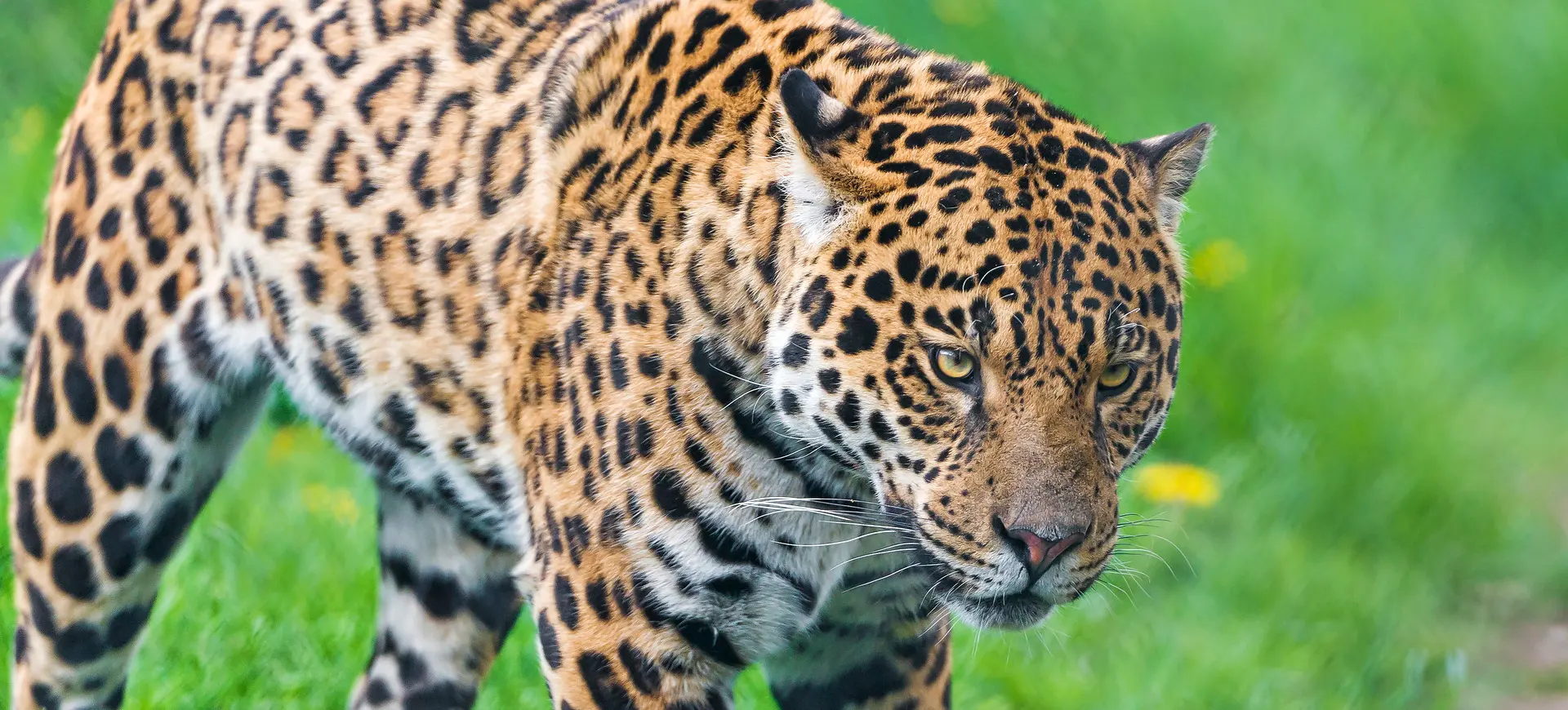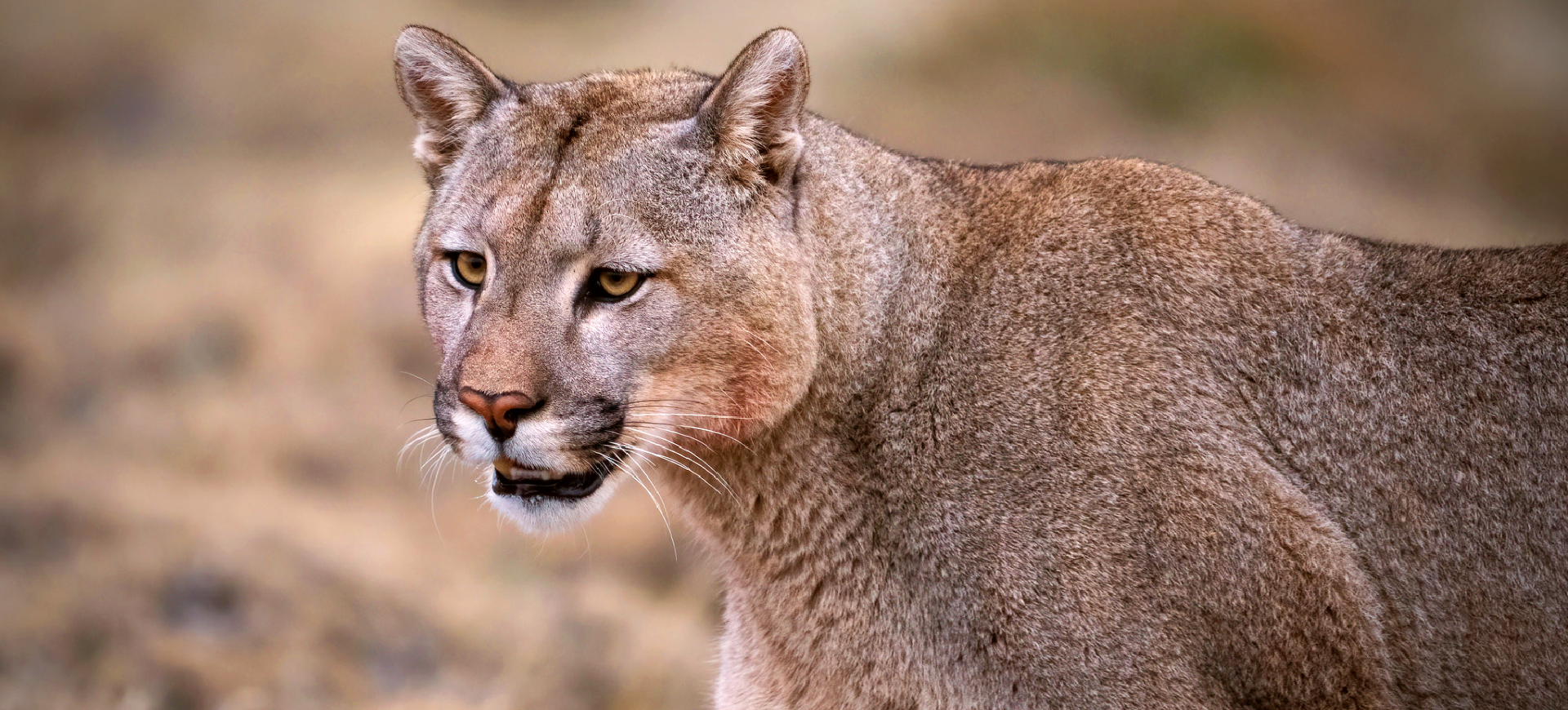Overview
The Sumatran tiger (Panthera tigris sumatrae) is the smallest and most critically endangered tiger subspecies, native to the Indonesian island of Sumatra. It is distinguished by its dark orange coat, closely spaced black stripes, and a shorter, stockier build compared to other tiger subspecies. These adaptations allow the Sumatran tiger to navigate the dense tropical rainforests and swampy areas it inhabits. The subspecies play a vital ecological role in maintaining prey populations and the overall health of their habitat.
The population of Sumatran tigers has dramatically declined due to habitat loss, poaching, and human-wildlife conflict. ITheirhabitat is being destroyed for agricultural expansion, particularly for palm oil plantations, which has resulted in severe fragmentation of their range. Poaching is another significant threat, driven by the legal wildlife trade for tiger parts used in traditional medicine and as status symbols. Despite intensive conservation efforts, the Sumatran tiger remains listed as Critically Endangered, with fewer than 400 individuals estimated to survive in the wild.
Sumatran tigers are solitary and territorial animals, with each tiger requiring a large area to meet its needs for prey and reproduction. Their territories are marked with scent and visual cues to deter rivals and reduce encounters. They are skilled ambush predators, relying on stealth and camouflage to hunt prey such as deer, wild pigs, and smaller mammals. This elusive species is rarely seen in the wild, making it one of the most mysterious and admired tiger subspecies.
Taxonomy
Kingdom
Phylum
Class
Order
Family
Genus
Species
Sub Species
Type
Current distribution:
The Sumatran tiger is now confined to isolated pockets of habitat across Sumatra. Most populations are located within protected areas like Kerinci Seblat National Park and Gunung Leuser National Park, part of the UNESCO-listed Tropical Rainforest Heritage of Sumatra, a crucial conservation area for the species. Tigers are increasingly found outside protected areas in degraded forests and plantations, where they risk conflict with humans. Habitat fragmentation has resulted in genetic isolation, making small, scattered populations more vulnerable to extinction.
Recent camera trap surveys and field studies have provided a clearer picture of the species' distribution, highlighting critical areas for conservation. However, even within protected areas, tigers face illegal poaching and encroachment threats. Cross-border initiatives with local communities aim to reduce human-wildlife conflict and promote coexistence. Despite these efforts, the wild population remains critically low, underscoring the need for immediate and sustained action.
Physical Description:
Sumatran Tigers are distinct from other tiger subspecies due to their smaller size and dense stripe patterns. The base color of their fur ranges from reddish-orange to a darker, rust-like hue, while their stripes are closer together, broader, and more numerous compared to other tiger subspecies. The stripes extend onto their limbs and tail, providing camouflage in the dense vegetation. Their belly and the inside of their limbs are white, contrasting with the dark stripes.
Males have a prominent ruff of hair around the neck, which females lack. Sumatran Tigers also feature webbing between their toes, making them adept swimmers. They have a muscular body with powerful forelimbs and shoulders for capturing and holding onto their prey. The eyes are a stunning amber color and have a piercing gaze. The ears are black with a white spot on the back, known as “eye spots” or “predator spots.”

Lifespan: Wild: ~15 Years || Captivity: ~20 Years

Weight: Male: 220–310 lbs (100–140 kg) || Female: 165–243 lbs (75–110 kg)

Length: Male: 91–102 in (230–260 cm) || Female: 87–94 in (220–240 cm)

Height: Male: 28–32 in (71–81 cm) || Female: 24–28 in (61–71 cm)

Top Speed: 40 mph (64 km/h)
Characteristic:
Native Habitat:
Sumatran Tigers are found exclusively on the Indonesian island of Sumatra. They inhabit various habitats, including coastal lowland forests, peat swamp forests, freshwater swamp forests, and montane forests. They have also been found in more degraded habitats, including secondary forests and plantations.
This subspecies is well-adapted to these diverse habitats. The dense forest provides ample cover for stalking prey, while the high rainfall and the presence of rivers and swamps cater to their ability to swim. However, rapid deforestation and habitat fragmentation due to palm oil plantations and illegal logging threaten their survival.
Climate Zones:
Biomes:
WWF Biomes:
Biogeographical Realms:
Continents:
Countries:
Diet:
Diet & Feeding Habits:
Sumatran Tigers are apex predators and have a diverse diet. They primarily feed on large and medium-sized ungulates such as wild boar, Malayan tapirs, and several species of deer, including muntjac and sambar deer. They are opportunistic predators and consume smaller animals like fowl, monkeys, and fish when larger prey is scarce.
Despite their size, Sumatran Tigers are stealthy hunters. They typically hunt alone and at night, using their keen senses of sight and hearing and camouflage to stalk and ambush their prey. They aim to get as close as possible before launching a swift, powerful attack, typically aiming to deliver a fatal bite to the neck of their prey. They can consume up to 40 pounds (18 kg) of meat in one meal, but meals are often days apart.
Mating Behavior:
Mating Description:
Sumatran tigers are solitary animals that come together only for mating. Mating can occur year-round but peaks during the rainy season. Males and females locate each other using vocalizations, scent marking, and pheromones. Courtship lasts only a few days, during which the pair may mate several times. After mating, the male departs, leaving the female to raise the cubs alone.
Females give birth to 2–4 cubs after a gestation period of approximately 3.5 months. Cubs are born blind and helpless, relying entirely on their mother for warmth, protection, and nourishment. The mother teaches the cubs essential survival skills, such as hunting and territory navigation, over the covers. High cub mortality rates due to predation and competition make maternal care critical for the subspecies’ survival.
Reproduction Season:
Birth Type:
Pregnancy Duration:
Female Name:
Male Name:
Baby Name:
Social Structure Description:
Like most tiger subspecies, the Sumatran tiger leads a solitary life, emphasizing the importance of individual territory for survival and breeding. The size of a tiger’s territory is largely determined by the availability of prey in the area, which can vary significantly across their habitat. Males typically have larger territories overlapping with several females, facilitating mating opportunities while maintaining solitary habits. This spatial arrangement allows for the coexistence of multiple tigers within a shared ecosystem, minimizing direct conflicts.
Communication among Sumatran Tigers is critical to their behavior, primarily through scent markings and vocalizations. Scent markings serve as a means to establish territory boundaries, convey reproductive status, and possibly deter potential competitors. Although less common than scent marking, vocalizations play a role in mating rituals and expressing aggression or distress. These communication methods are essential for the species’ survival, enabling them to maintain territories, find mates, and avoid unnecessary confrontations with other tigers.
Groups:
Conservation Status:
Population Trend:
The Sumatran tiger population is critically small, with fewer than 400 individuals estimated to remain in the wild. The subspecies is primarily restricted to fragmented habitats, which limit genetic diversity and increase vulnerability to extinction. Protected areas have become essential for its survival, though illegal activities like poaching and logging still threaten these refuges. Conservation efforts, including habitat restoration and anti-poaching patrols, have shown some localized successes but require continued support.
Captive populations are maintained in zoos and breeding programs worldwide as an insurance policy against total extinction. These programs are carefully managed to maximize genetic diversity and prevent inbreeding. However, reintroducing captive-born individuals to the wild is challenging due to the loss of natural behaviors and ongoing threats in their native habitat. The focus remains on preserving and restoring wild populations, representing the species’ best chance for long-term survival.
Population Threats:
The primary threat to the Sumatran tiger is habitat loss caused by deforestation for palm oil plantations, logging, and agricultural expansion. This habitat destruction reduces the area available for tigers and depletes prey populations, forcing tigers into human-occupied areas. Poaching is another critical issue, as tigers are hunted for their body parts, which are used in traditional medicine and sold illegally. Weak law enforcement and corruption exacerbate the problem, allowing the illegal wildlife trade to persist.
Human-wildlife conflict is also a significant threat, as tigers that prey on livestock are often killed in retaliation. Climate change poses an emerging challenge, altering the ecosystems that support the Sumatran tiger and its prey. Small, fragmented populations are at risk of genetic bottlenecks, which can lead to reduced fitness and increased vulnerability to disease. Without immediate and sustained conservation efforts, the Sumatran tiger faces a high risk of extinction in the wild.
Conservation Efforts:
Conservation initiatives for the Sumatran tiger focus on habitat protection, anti-poaching measures, and engaging local communities. National parks and reserves, such as Kerinci Seblat and Bukit Barisan Selatan, serve as critical habitats where tigers are actively monitored and protected. Wildlife corridors are being established to connect fragmented populations and enable gene flow, reducing the risk of inbreeding. Anti-poaching patrols, supported by conservation organizations, aim to curb illegal hunting and protect tigers and their prey.
International efforts like the Global Tiger Recovery Program have brought attention and funding to Sumatran tiger conservation. Captive breeding programs in zoos worldwide help maintain genetic diversity and raise awareness about the subspecies’ plight. Community-based conservation projects mitigate human-tiger conflict by promoting sustainable livelihoods and compensating farmers for livestock losses. Long-term success depends on balancing conservation with economic development, ensuring that human and tiger populations coexist.
Additional Resources:
Fun Facts
- Sumatran Tigers are the smallest of all tiger subspecies, allowing them to navigate their dense, forested habitat easily.
- They have the highest concentration of stripes of all the tiger subspecies, which offers them excellent camouflage in their environment.
- Sumatran Tigers are excellent swimmers and are often found near water. They are even known to drive their prey into the water.
- Female Sumatran Tigers usually give birth to 2 to 3 cubs at a time, and the cubs stay with their mother until they are about two years old.
- The “eye spots” or “predator spots” on the back of a tiger’s ears are believed to function as false eyes, discouraging other predators from attacking from behind.
- Their canine teeth are the longest of any cat species, reaching up to three inches.
- They are the last surviving species of Indonesian tigers; the Bali and Javan tigers are already extinct.
- Unlike most cats, tigers love water. Sumatran Tigers, in particular, are known to cool off in pools and streams in their tropical habitat.
- The roar of a Sumatran Tiger can carry for up to two miles in the open air.
- They are very muscular, with powerful forelimbs for catching and holding onto their prey.


